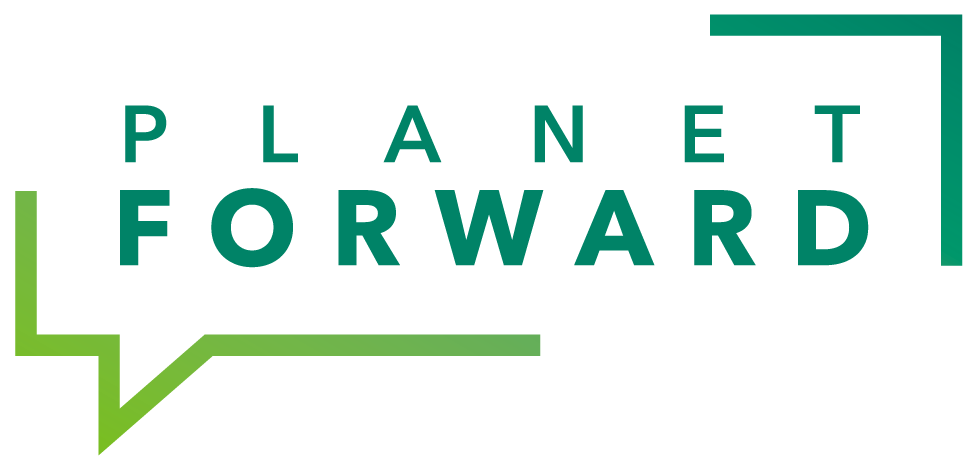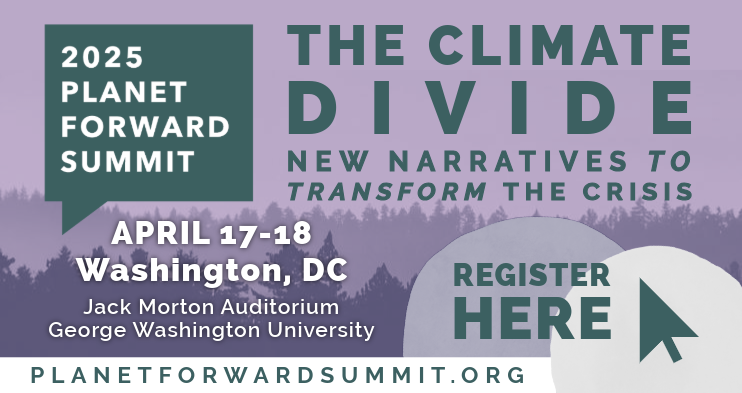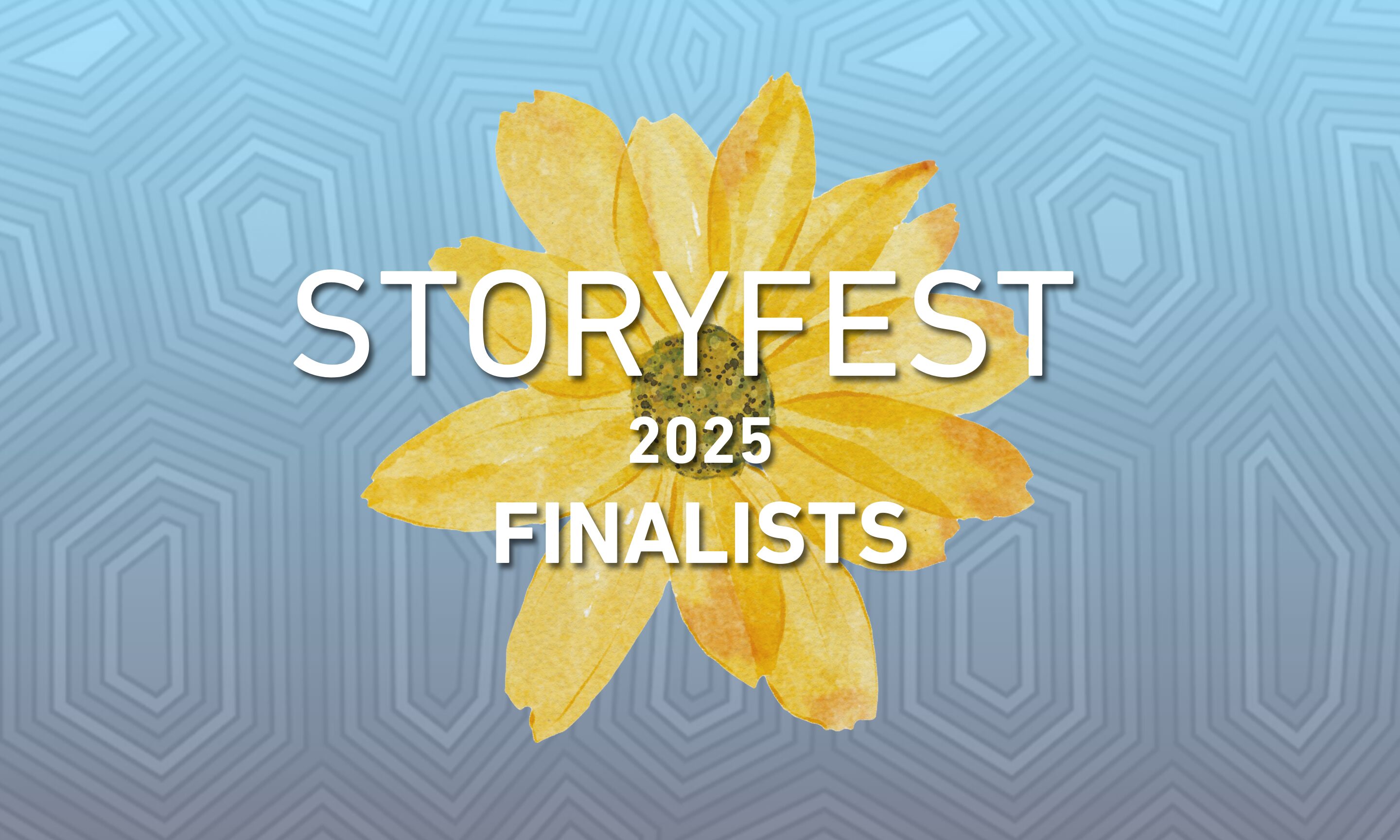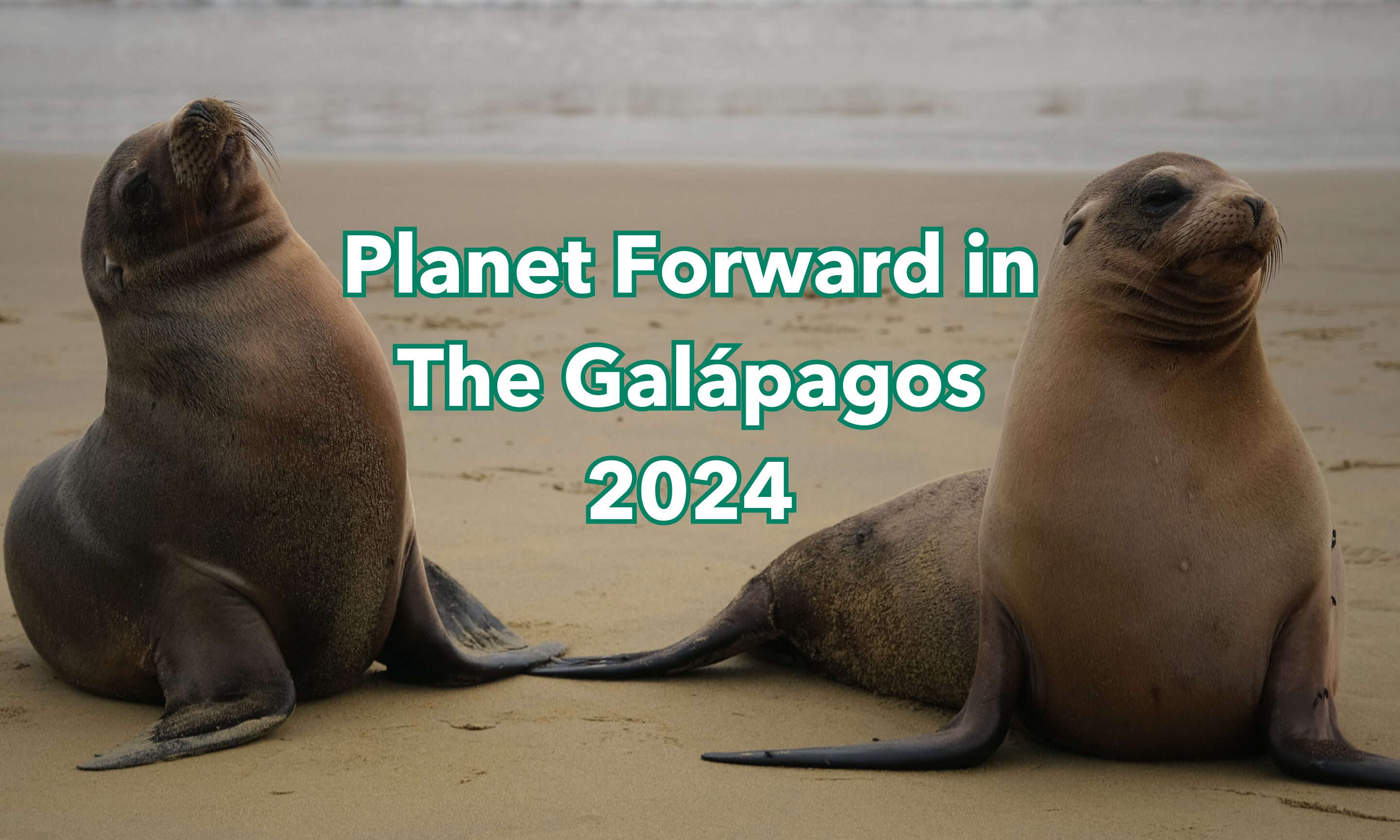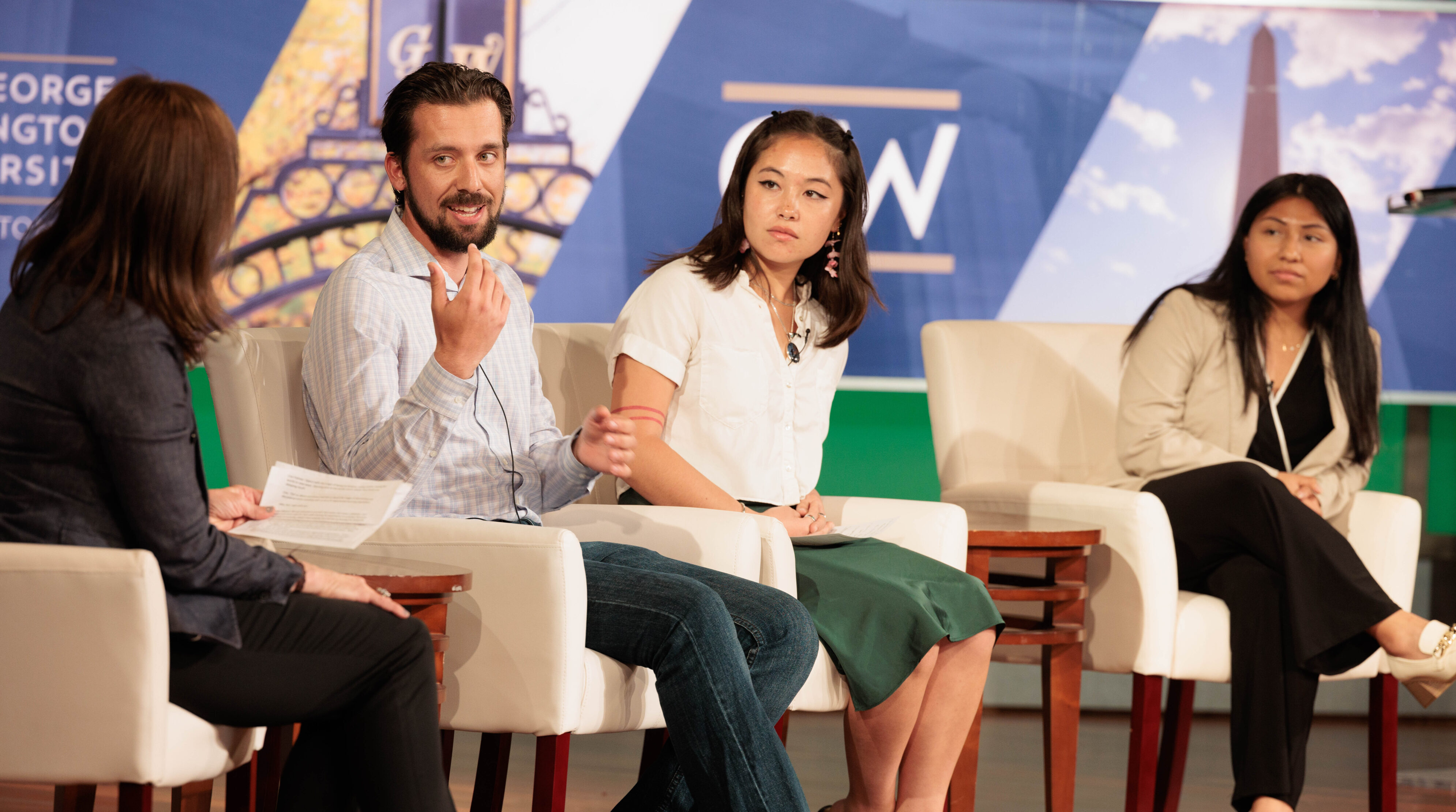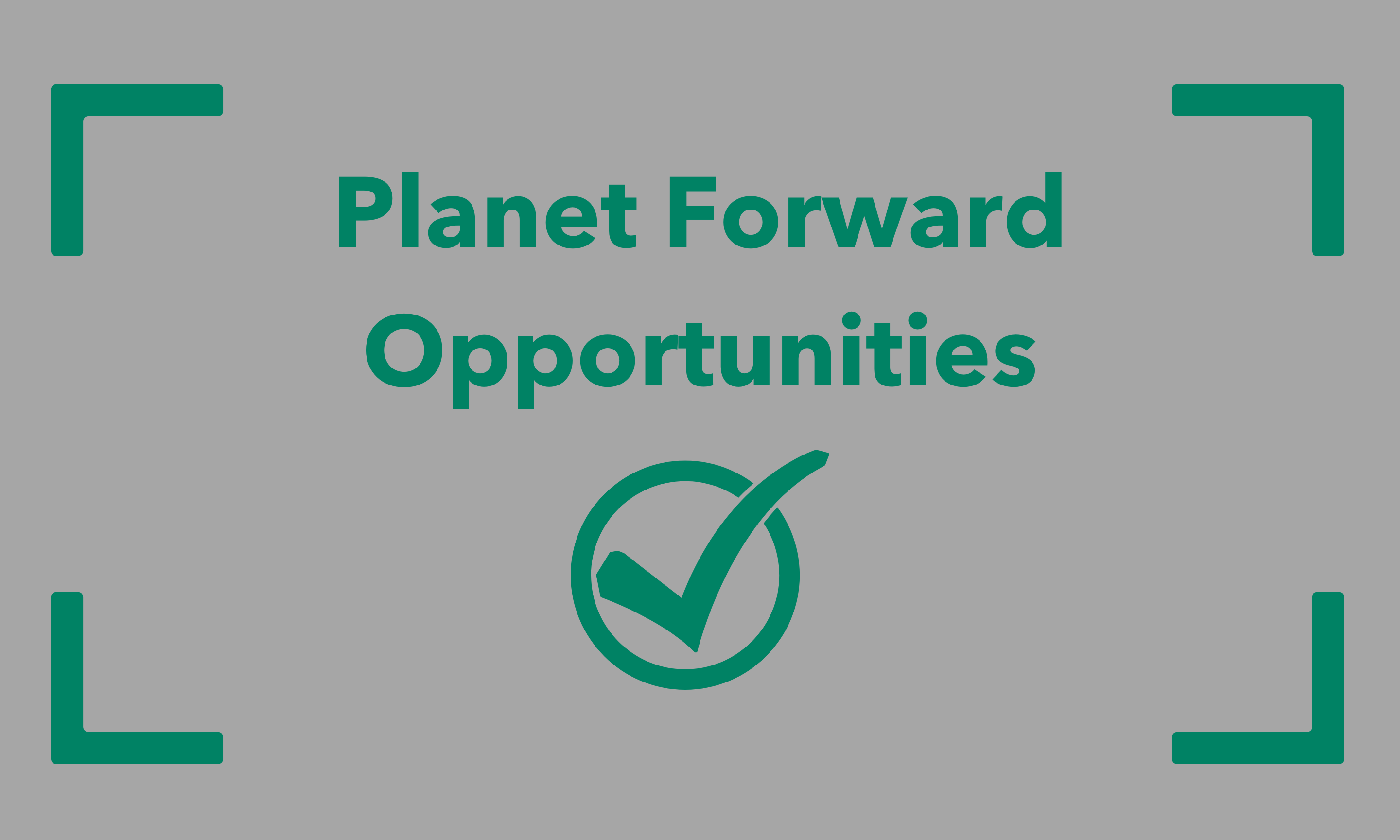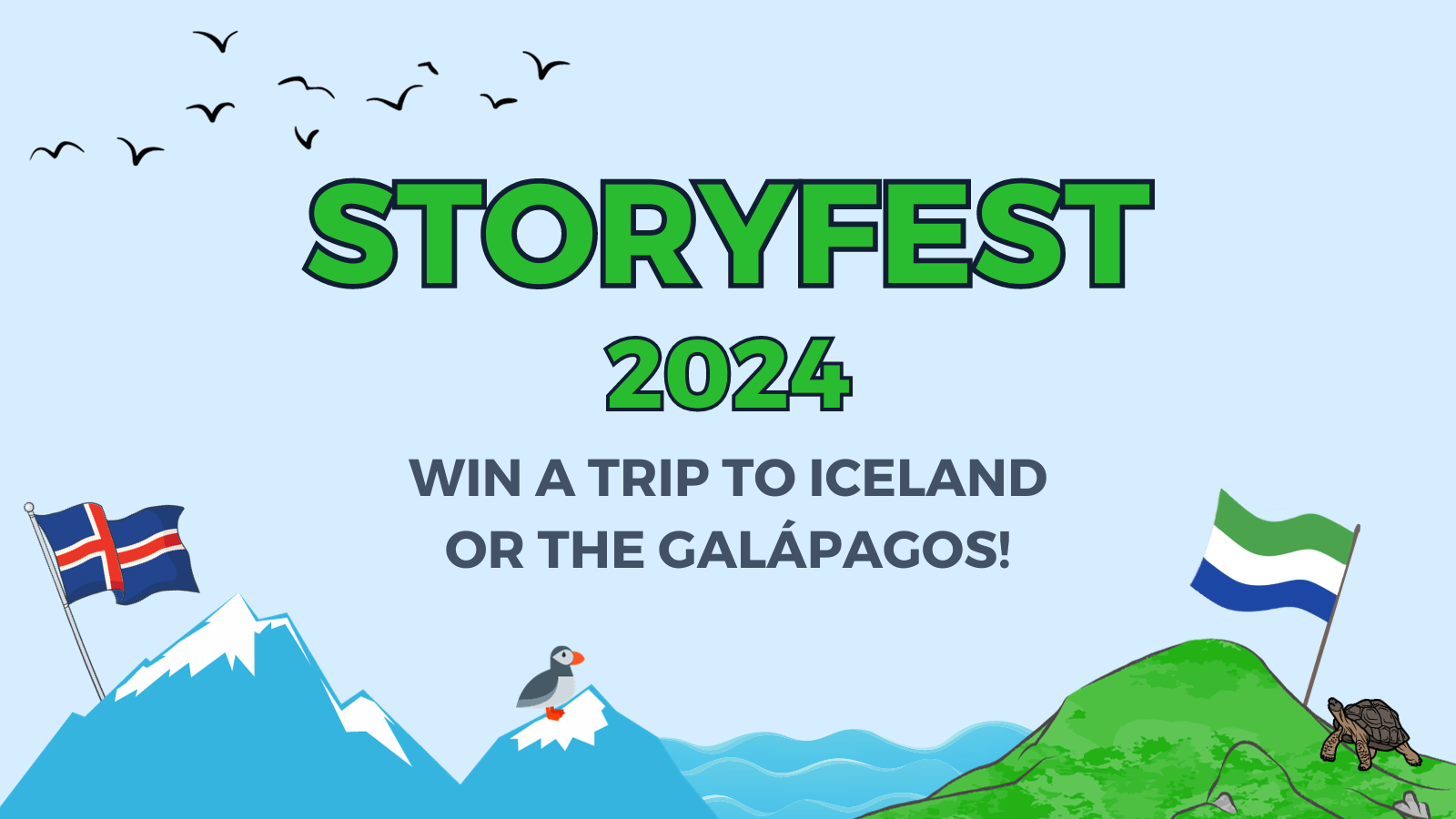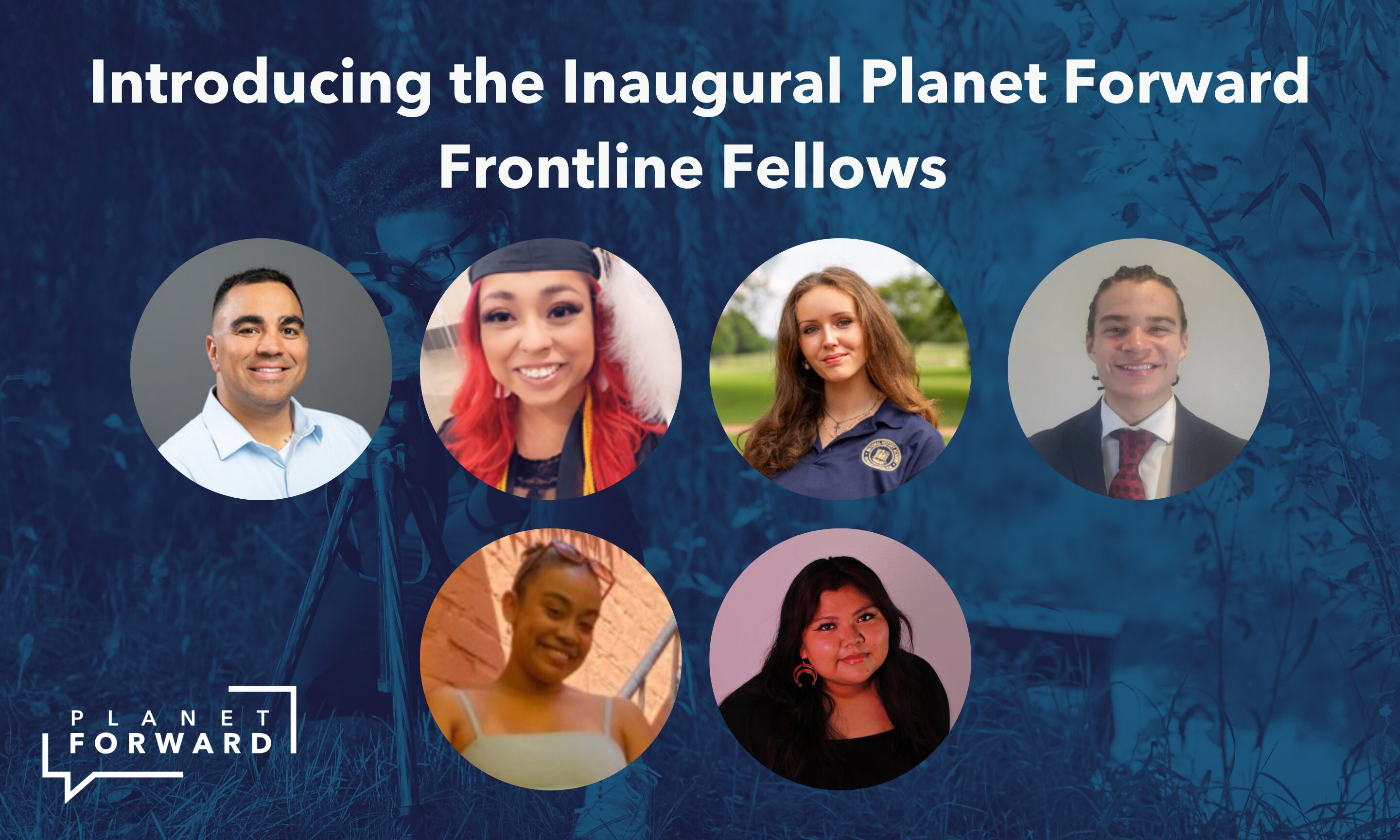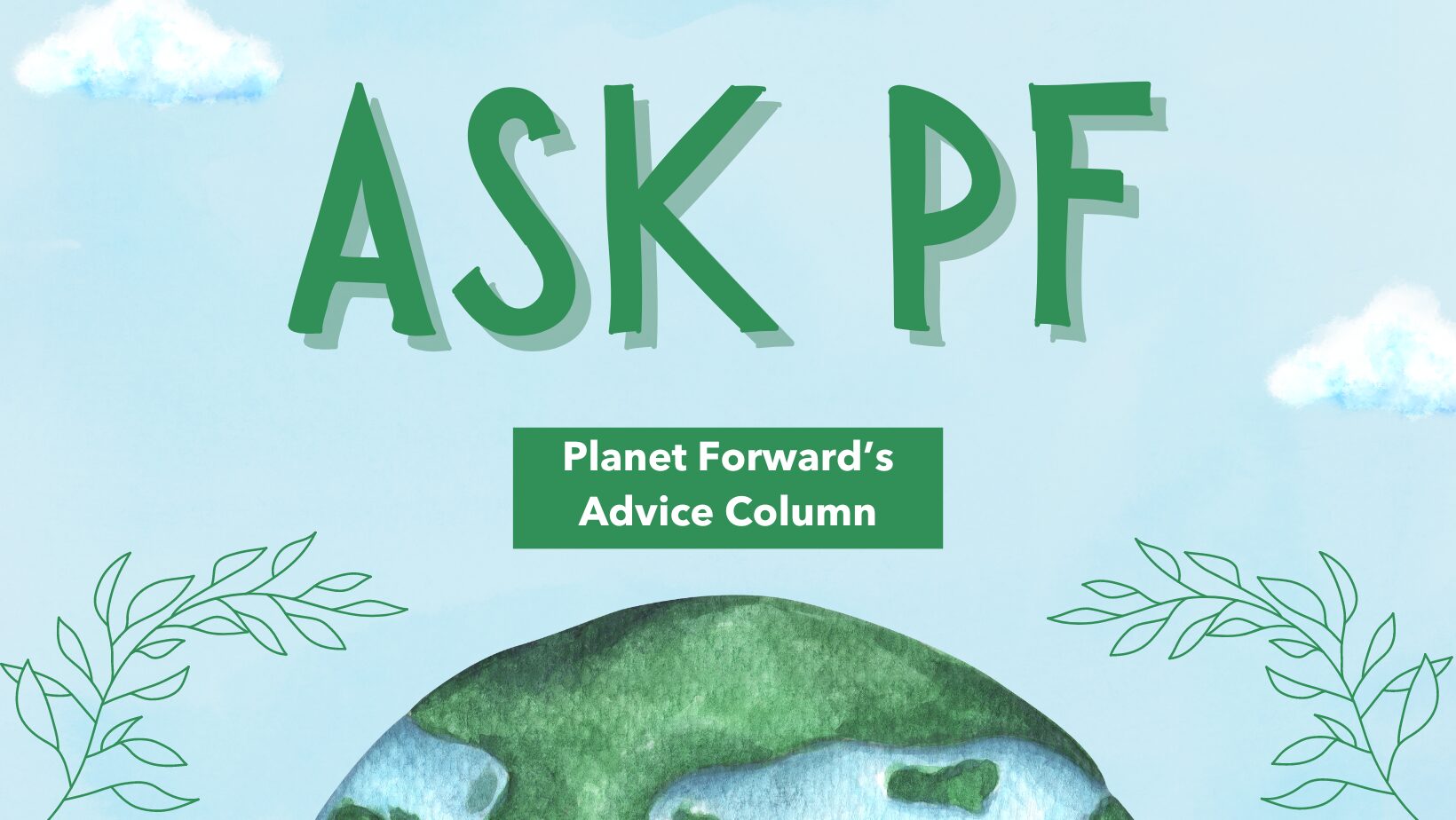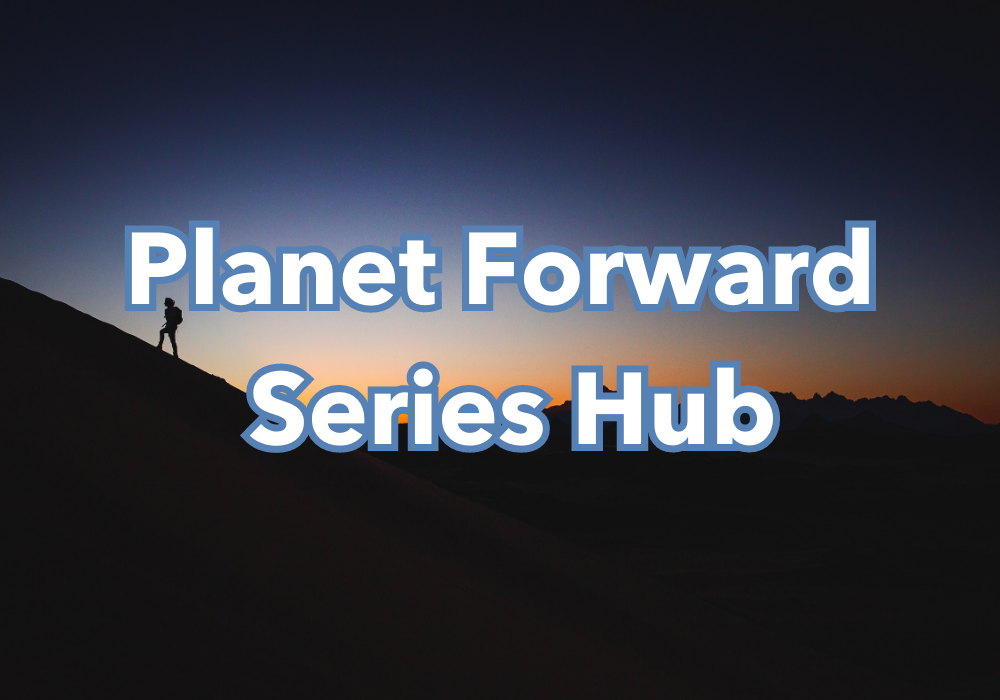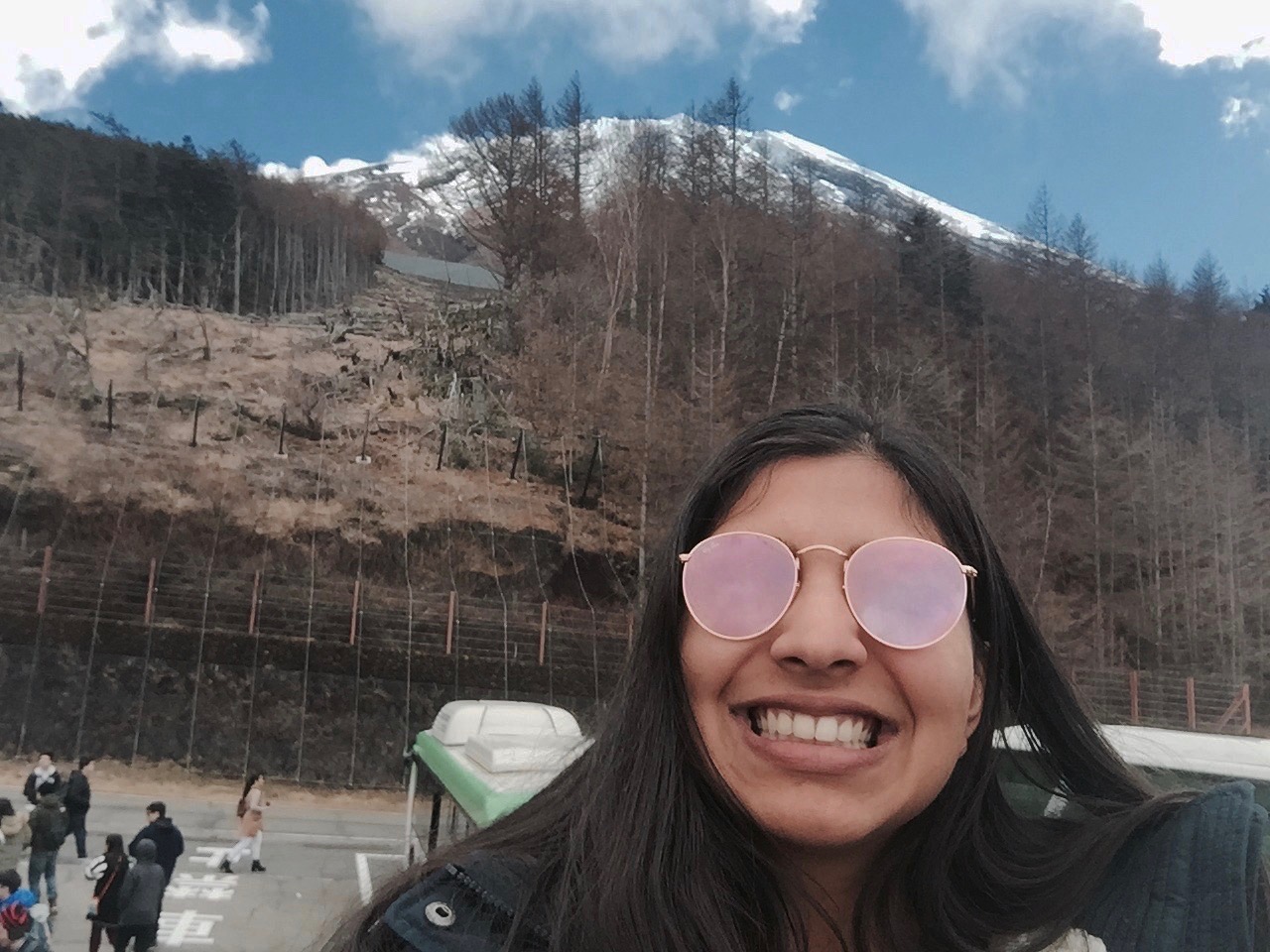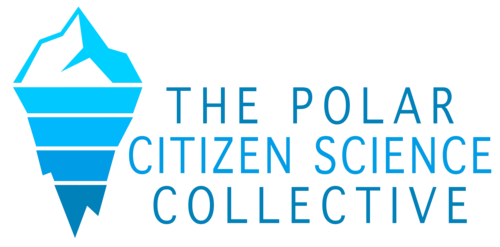
First-class citizen science

As we grow older, many of us lose touch with part of us that’s always wondering, thinking, and asking questions. The people who don’t become scientists. It’s never too late to reverse our conception of science as textbooks, exams, and hours in a classroom: there’s still a way for people of all ages to re-discover the joy of exploration, tinkering, and experimentation — what science is actually about.
I hadn’t heard of this possibility until recently. On my first night of a recent Antarctic voyage, expedition leader Robert Gilmore gave us passengers a unique opportunity: as citizen scientists, we could participate in real, cutting edge research in fields such as marine biology and meteorology.
One of the projects Gilmore mentioned specifically caught my attention: FjordPhyto, based in the Scripps Institute of Oceanography in San Diego. Allison Lee, the project operations manager, is a second-year Ph.D. candidate at Scripps. The research team is investigating the impact of climate change-driven glacial melt on the influence of phytoplankton communities. Phytoplankton are a key species in the Antarctic, Lee explains, as they are the main food source of krill, which feed nearly all Antarctic megafauna (and their prey) including whales, seals, and penguins. “Globally diatoms are said to produce nearly 20% of Earth’s oxygen!” she said with emphasis, implying that changing these communities can have spillover effects in regions beyond the Antarctic. I was fascinated that something so microscopic foreshadowed big changes happening in the Earth’s oceans.
Lee and Gilmore both belong to the Polar Citizen Science Collective (PCSC). Gilmore explains that PCSC members work with Polar scientists and tourism companies to create a productive and educational combination of data collection and citizen science participation. He furthers: “The PSCS effectively design(s) programs that eliminate collector bias, while also streamlining the process so as not to infringe on the tourism’s regular operations schedule.” Polar research is difficult and expensive to conduct, so the PCSC was formed when a group of Polar guides, including Gilmore, had the idea of helping scientists conducting research in the Western Antarctic Peninsula (WAP).
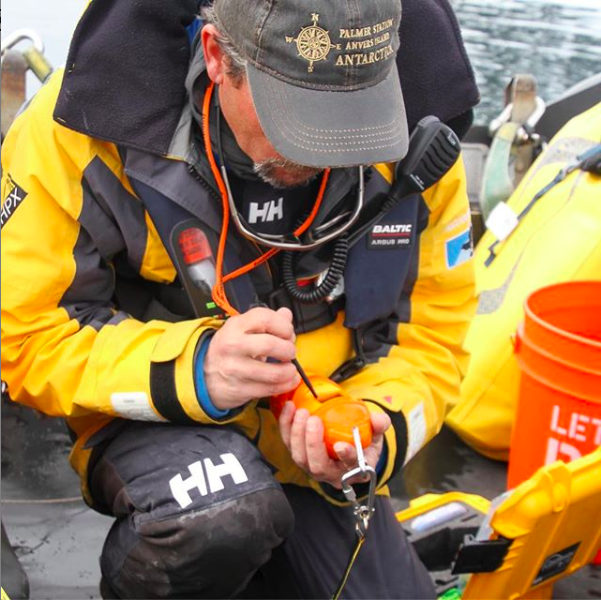
The program, which has been implemented on cruise ships like the one I traveled on, has seen success from both the scientists’ and tourists’ perspectives. “(We’ve shown) scientists that we can contribute directly to their investigations by taking accurate, detailed, and valuable data sets for them” Gilmore explains, “(while) creating educated, motivated people that will be returning home with a message for their friends and family.” This is one of the greatest benefits of citizen science, as people re-discover that sense of wonder regarding the natural world that they might have lost over the years.
I asked Lee about her fondest memory regarding citizen science, and she recalls a moment after collecting samples in a zodiac where a man came up to her and said: “I’m an entrepreneur and I’ve owned a lot of businesses. I came to Antarctica feeling like it was the last place on Earth I could search for inspiration in my life. Doing this FjordPhyto project I felt for the first time in my life that spark of childlike curiosity.”

Gilmore has a similar experience as a polar guide, describing that his most impactful memory with the PCSC is seeing the “light-bulb moment” in a passenger: When they begin to become more engaged with a topic or issue, and start to ask more questions.
Most of us don’t have enough background information to fully conduct our own experiments in meteorology, zoology, or geology — and that’s OK. What we all can do is do our best to preserve our sense of wonder and curiosity. We can always be open to learning about new experiences and information.
I’ve always been fascinated by the ability of the right presentation and narrative to capture someone’s attention: I’ve learned about phytoplankton in a few science classes, but before boarding this ship, I never thought twice about them. But after my experience learning about the FjordPhyto project, I’ve done extensive research — and obviously felt compelled to share the story with others.
I asked Gilmore how he manages to engage passengers without extensive background information on Marine Biology on topics like trophic levels and phytoplankton blooms.
He recommends an educator build their lesson or curriculum around painting a larger picture: “You don’t want to go too deep into the science… convey the information that is most important for them to go home with.” And that way, you focus on your audience understanding, which is the most important thing.
“Treat them like you would your own family,” he said.
When we talk to our family members, we want them to understand and care about what we’re doing and why we’re doing it — not just give them a set of facts to memorize. This is where science education goes wrong, I think. We don’t teach to understand, and students don’t learn to understand either.
We can all learn from this experience — both scientists and ordinary citizens. Plus, crowdsourcing data collection makes conducting projects easier and more affordable. Lee mentions that citizen science is incredibly useful in many areas of data collection, including geographic scope and duration. Additionally, involving the general public in projects is great for increasing scientific literacy, and providing more educated and involved populations overall.
For citizens, getting involved in science is as simple as observation. It’s never too late, and it doesn’t have to be boring or difficult.
“We all have a responsibility to understand and protect our last remaining wild places,” Gilmore said. “And we all have the capability to make a difference.”
